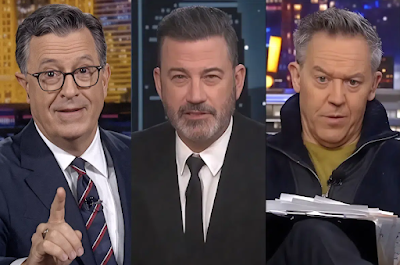➦In 1860..While not a broadcasting event in the modern sense, this date marks a significant precursor to radio technology. Édouard-Léon Scott de Martinville invented the phonautograph, the earliest known device for recording sound. This invention laid foundational groundwork for audio technology, which would eventually influence radio broadcasting by demonstrating that sound could be captured and studied. It wasn’t until later innovations, like those of Marconi and Fessenden, that sound recording evolved into wireless transmission, but this early step was critical.
 |
| KJR Transmitter 1927 |
➦In 1922...KJR-AM, Seattle, Washington, signed-on.
According to John Schneider at The Radio Historian: KJR, begun by amateur radio operator Vincent I. Kraft, was the first radio station to be licensed in the Pacific Northwest.
 |
| Vincent Kraft |
He soon applied for and received the experimental license 7XC for “wireless telephone” transmission. He moved a phonograph and a piano into the garage adjoining his home, and tacked carpeting on the walls to improve the acoustics. 7XC went on the air on 1110 kc. starting in 1919, transmitting voice and music programs. He played phonograph records, coaxed a local piano teacher into performing, and asked a neighbor boy to play the violin. There was no regular schedule. Every so often he would get a call from one of the few people that had a crystal radio set in Seattle, and he would turn on the transmitter and broadcast so they could demonstrate the new "wireless" to their friends.
In 1921, the U.S. Department of Commerce created a new class of license for radio broadcasting stations. At the same time, a new law was issued that prohibited amateur stations from broadcasting music. So Kraft immediately applied for and received the license KJR, and transferred his 7XC operations to this new license. Unlike its amateur station predecessor, KJR operated on a regular schedule of several hours per day, 3 days a week.
Beginning in the 1950s and lasting until 1982, KJR was a pioneer Top 40 radio station owned by entertainer Danny Kaye and Lester Smith, "Kaye/Smith Enterprises".
In the 1960s, under the programming guidance of Pat O'Day, the station was top rated in Seattle and well known for introducing the Pacific Northwest to many recording stars such as Jimi Hendrix, the Beatles, Merrilee Rush & The Turnabouts and the Ventures. Today, the call letters are used by KJR-FM, which broadcasts a format that includes many of the songs and shows (including original American Top 40 shows from the 1970s) from that era.
Gary Lockwood was THE big morning show on Seattle radio in the 1980's as AM radio was fading out in Seattle. KJR was playing Oldies then.
KJR would switch to soft adult contemporary in 1982. In 1988, the station shifted to oldies, playing the music that had made the station famous throughout the 1960s and 1970s.
KJR's shift to sports programming was a gradual evolution starting in 1989, when the station added some sports-themed shows in mid-days and afternoons. The rest of the music programming would be phased out in September 1991.
On November 4, 2011, at 7 AM, KJR began simulcasting on 102.9 FM, replacing country-formatted KNBQ. This ended on June 13, 2013, when KNBQ (now KYNW) reverted to an Adult top 40 format. During this time, Clear Channel did not transfer the KJR-FM calls from 95.7 to 102.9, instead co-branding the station as "Sports Radio 950 AM and 102.9 FM KJR".
A collection of some of the country's greatest air personalities entertained Seattle listeners like Larry Lujack, Scotty Brink, Norm Gregory, Burl Barer, Pat O'Day, Eric Chase, Bob Shannon, "World Famous" Tom Murphy, Bobby Simon, Jerry Kaye, "Emperor" Lee Smith, Lan Roberts, Robert O. Smith, Charlie Brown, Bwana Johnny, Matt Riedy, Marion Seymour, Sky Walker, Tracy Mitchell, and Bob Brooks. Gary "Lockjock" Lockwood, a.k.a. L.J., was the disk jockey who had the longest tenure on the "Mighty Channel 95," from 1976-1991.
➦In 1925....WHBC Canton, OH signed-on. The original license for the station was granted on February 13, 1925 to Father Edward P. Graham and the St. John Catholic Church. WHBC began broadcasting at 1180 kHz with 100 watts. It was the first Catholic radio station on the air in the U.S., as WLWL in New York was not licensed until August 1925. By the middle of 1927 the station had moved to 1270 kHz. Broadcasting had moved to 1200 kHz by the middle of 1930.










































